Search
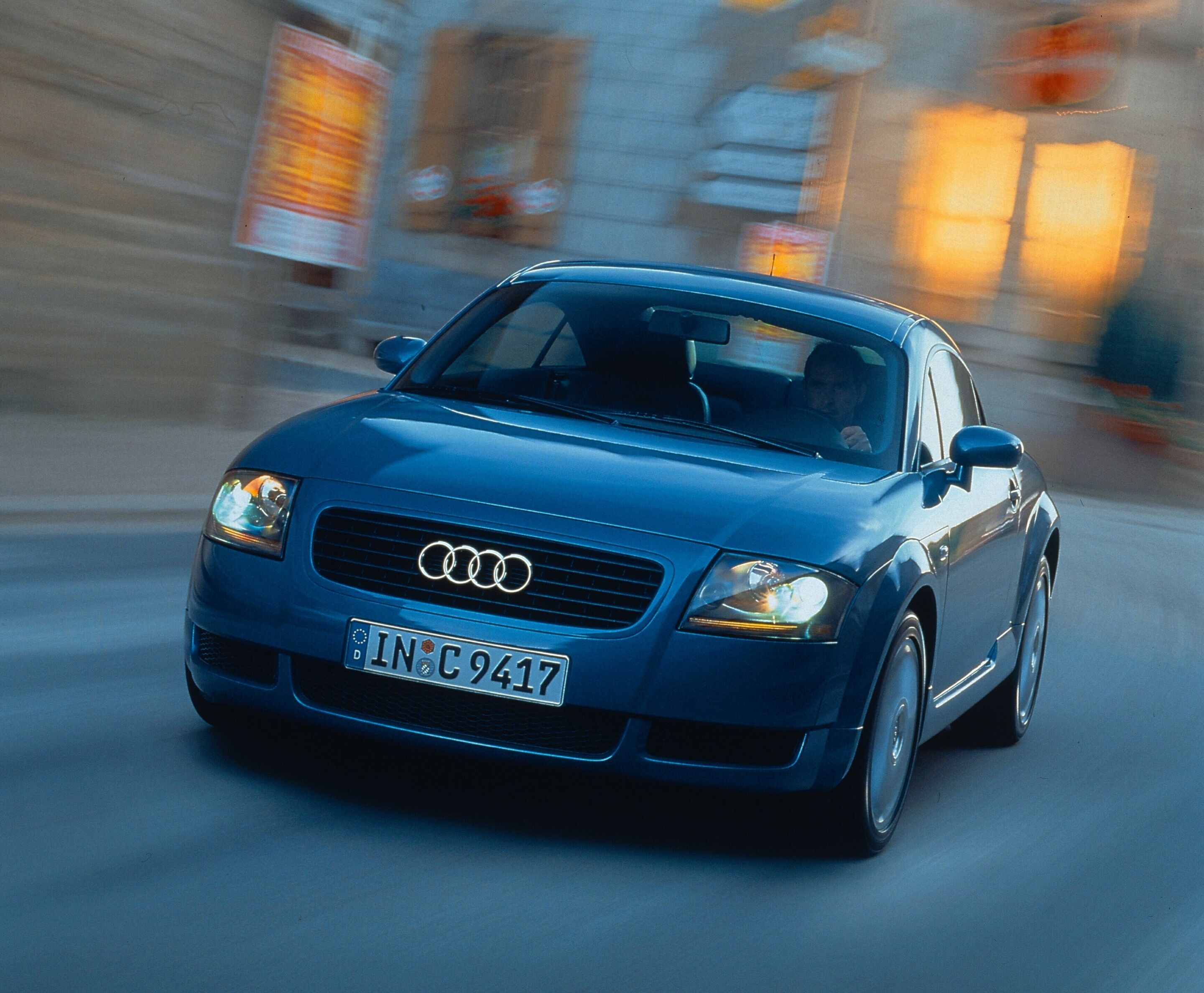 A timeless design icon: The Audi TT turns 25
A timeless design icon: The Audi TT turns 25
Inspired by Bauhaus: Coupé study from 1995 began series production in 1998 178,765 first-generation Audi TT Coupés had rolled off the production line by 2006 Audi designer Torsten Wenzel introduced the study to series production: “The Audi TT is a driving sculpture”
Twenty-five years, three generations: The brand with the four rings wrote design history with the Audi TT. Since its debut in 1998, the sports car has struck a chord with people worldwide thanks to the fun it promises drivers and its clear design language. „Auto Europe“ voted it the best new car of the year in 1999.
In the mid-1990s, the Audi A8 luxury model elevated the Audi brand to a higher position and gradually led to the renaming of the model series: The Audi 80 became the Audi A4, and the Audi 100 was dubbed the Audi A6. Introduced in 1994, the Audi A4 was the first model to embody Audi’s new design language. Next was the Audi A3 premium compact car, launched in 1996, and the second generation of the Audi A6, introduced in 1997. In the course of emotionalizing the brand through a fresh, progressive design, American designer Freeman Thomas, under the then Head of Design Peter Schreyer, created a puristic sports car in the Audi TT Coupé. Audi presented the study to an enthusiastic trade show audience at the IAA in Frankfurt in September 1995. The model name “TT” is reminiscent of the legendary Tourist Trophy on the Isle of Man, one of the oldest motorsports events in the world and one where NSU and DKW celebrated great successes with their motorcycles. The name “TT” also recalls the sporty NSU TT of the 1960s. The Audi TT Coupé’s deliberate departure from the usual Audi nomenclature underscored the complete novelty of the model. Designer Wenzel: “In the Audi TT, every shape has a clear function” In December 1995, the decision was made to mass-produce the Audi TT Coupé.
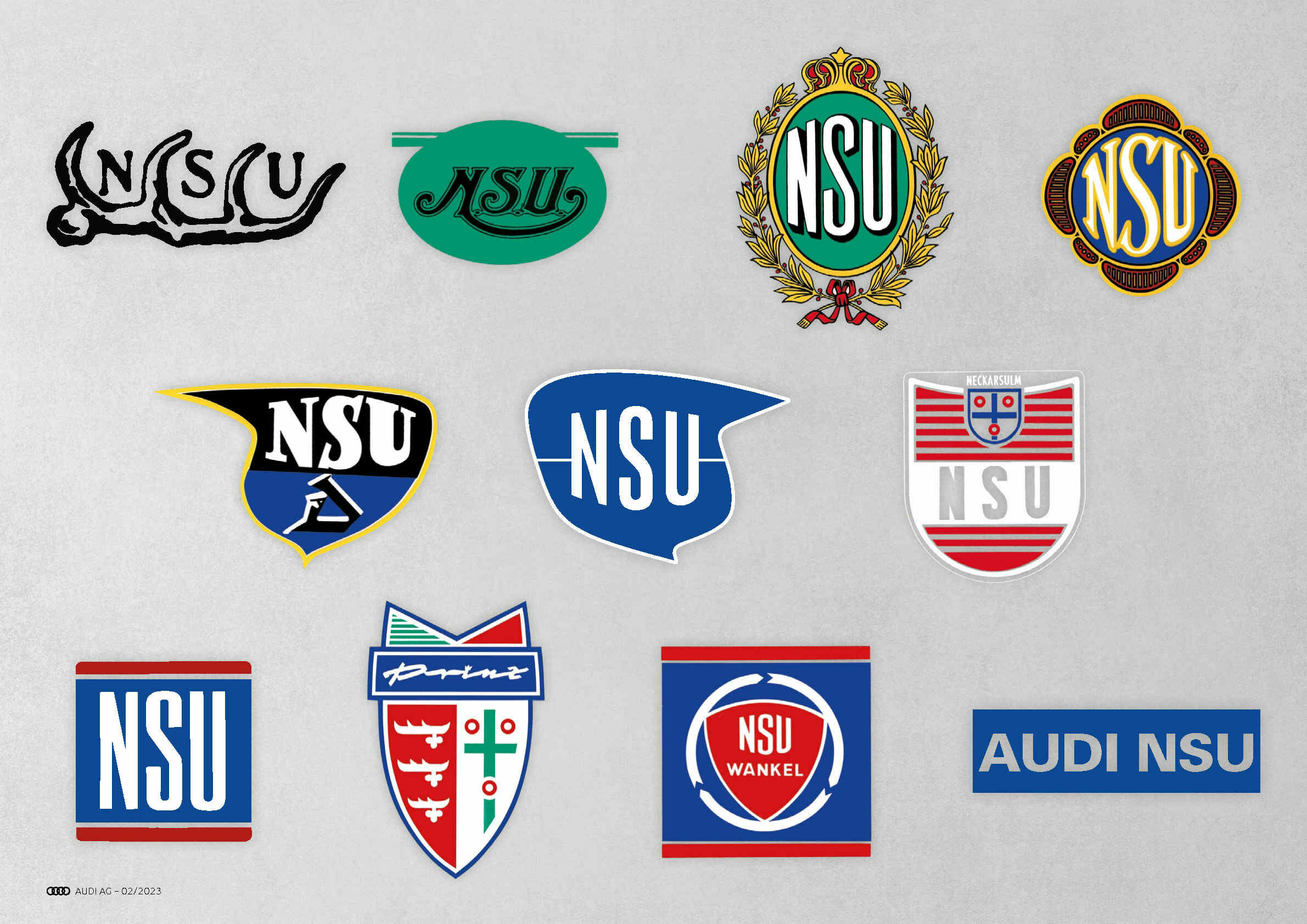 The traditional NSU brand and the Audi Neckarsulm site: 150 years of innovation and transformation
The traditional NSU brand and the Audi Neckarsulm site: 150 years of innovation and transformation
In the anniversary year of 2023, Audi Tradition will bring out a number of NSU highlights from AUDI AG’s historical vehicle collection for events. Ten-part series with classic and exotic cars from NSU’s product history
The traditional NSU brand is celebrating its birthday. In 1873, Christian Schmidt and Heinrich Stoll founded “Mechanische Werkstätte Schmidt & Stoll” in Riedlingen for the production of knitting machines, which later evolved into NSU Motorenwerke AG and ultimately into today’s Audi site in Neckarsulm. Even NSU’s name is closely associated with Neckarsulm, as the company name is derived from the city on the Neckar and Sulm rivers. NSU impressively demonstrates the development of mobility – from bicycles and motorcycles to automobiles. For its 150th anniversary, Audi Tradition is bringing out a number of NSU highlights from its historical vehicle collection. The special exhibition “Innovation, audacity and transformation”, a cooperation project between Audi Tradition and the German Bicycle and NSU Museum (Deutsches Zweirad- und NSU-Museum), is also under construction. The exhibition will be on display at the Audi Forum in Neckarsulm and at the German Bicycle and NSU Museum in Neckarsulm starting on June 14.
“There are so many stories to tell from the long history of NSU,” said Tobias Fräbel, an employee at Audi Tradition responsible for the corporate archives of the Neckarsulm site and the NSU brand. “Since we can’t tell all the stories in just one text, Audi Tradition will offer stories and background information about the company, its products, its involvement in racing and much more throughout the year.” These posts can be found on Audi Tradition’s Instagram channel and in the Audi MediaCenter. There, Audi Tradition will launch a ten-part series. From March to December, one NSU model will be introduced every month – from the brand’s classics, whether they have two or four wheels, to prototypes and exotic models.
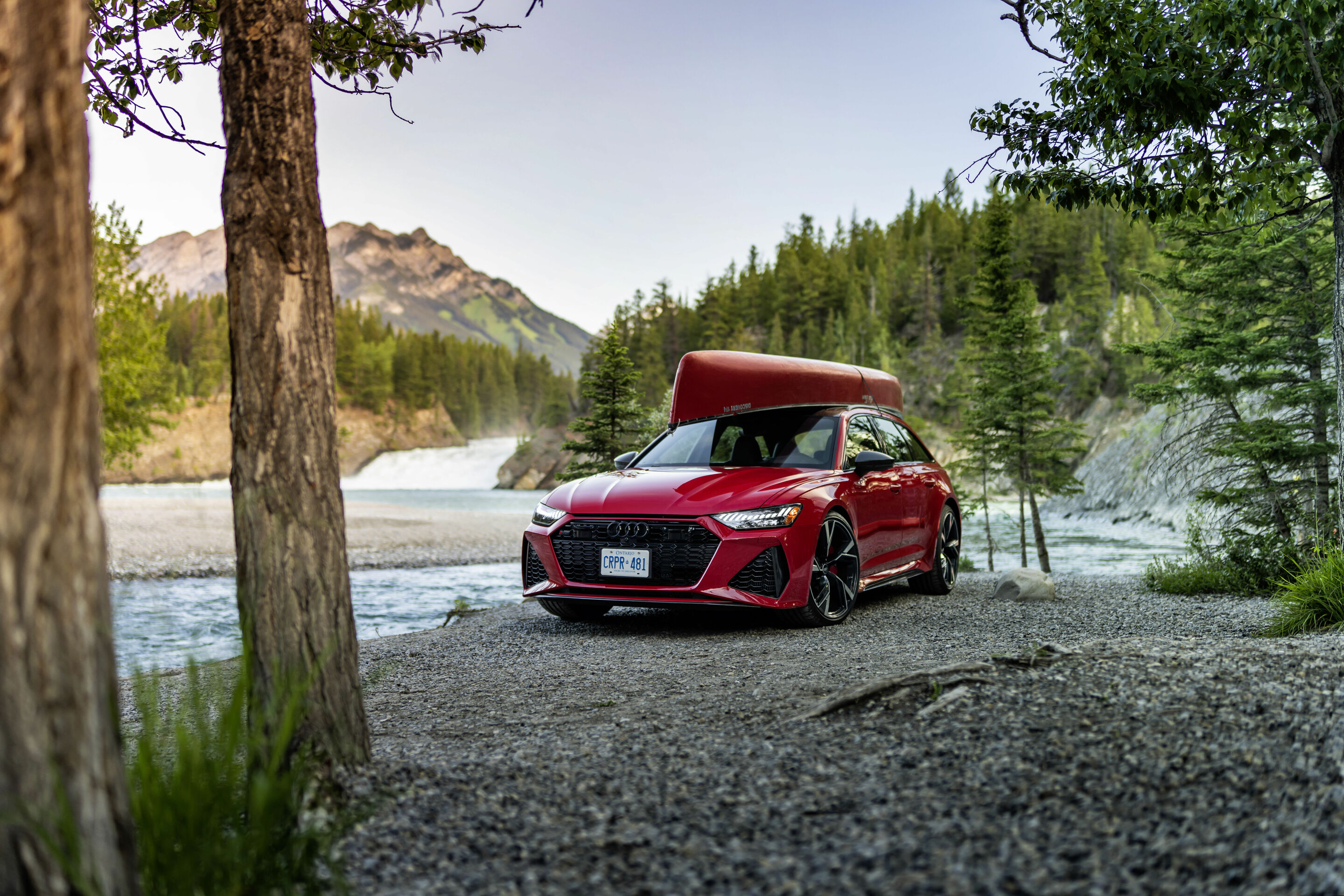
Combination of pioneering performance and outstanding everyday usability have always been trademark features of an RS 6 The current RS 6 Avant – now available in the US for the first time – is the global market leader in its segment with a uniquely wide body From the C5 to the C8, Dynamic Ride Control suspension ensures first class driving dynamics
One car has been exciting Audi Sport GmbH and a worldwide fanbase like no other for 20 years: across four generations, the Audi RS 6 has set the tone for high-performance station wagons with impressive performance and outstanding everyday usability. It owes the success of its underlying concept from 2002 to its double-charged engine and all-wheel drive. The basic concept has been the same across every generation of the RS 6. Again and again, it sets new standards in its competitive environment as well. Technical Vorsprung also turns up in other places, such as Dynamic Ride Control suspension. It has been used in other RS models from Audi for a long time.
The C5: a desire for performance in the upper mid-range Shortly after the start of the new millennium, what was then quattro GmbH (now Audi Sport GmbH) was faced with the question of which car the staff would give a sporty renovation to after the RS 4. It was an opportune moment for the Audi A6. The first generation (C5) underwent a product enhancement in 2001 and Audi also wanted to add more power under the hood in its upper mid-range. The brand was self-aware and motorsports were in high demand. Audi drove its way to the winners stand on the first try at its premiere in the legendary 24-hour Le Mans in 1999. The company with the four rings made history again in 2000, 2001, and 2002.
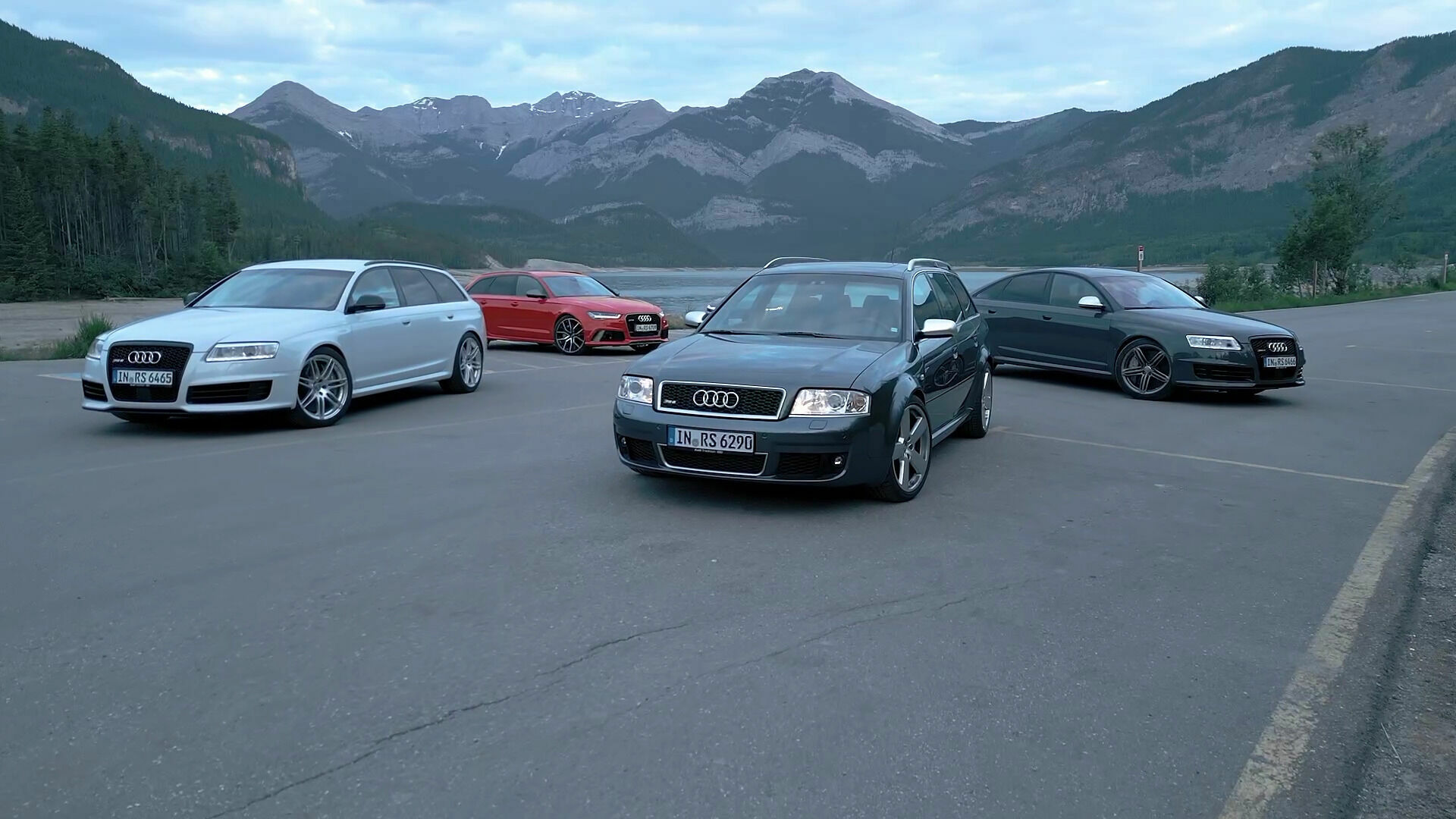
Combination of pioneering performance and outstanding everyday usability have always been trademark features of an RS 6 The current RS 6 Avant – now available in the US for the first time – is the global market leader in its segment with a uniquely wide body From the C5 to the C8, Dynamic Ride Control suspension ensures first class driving dynamics
One car has been exciting Audi Sport GmbH and a worldwide fanbase like no other for 20 years: across four generations, the Audi RS 6 has set the tone for high-performance station wagons with impressive performance and outstanding everyday usability. It owes the success of its underlying concept from 2002 to its double-charged engine and all-wheel drive. The basic concept has been the same across every generation of the RS 6. Again and again, it sets new standards in its competitive environment as well. Technical Vorsprung also turns up in other places, such as Dynamic Ride Control suspension. It has been used in other RS models from Audi for a long time.
The C5: a desire for performance in the upper mid-range Shortly after the start of the new millennium, what was then quattro GmbH (now Audi Sport GmbH) was faced with the question of which car the staff would give a sporty renovation to after the RS 4. It was an opportune moment for the Audi A6. The first generation (C5) underwent a product enhancement in 2001 and Audi also wanted to add more power under the hood in its upper mid-range. The brand was self-aware and motorsports were in high demand. Audi drove its way to the winners stand on the first try at its premiere in the legendary 24-hour Le Mans in 1999. The company with the four rings made history again in 2000, 2001, and 2002.
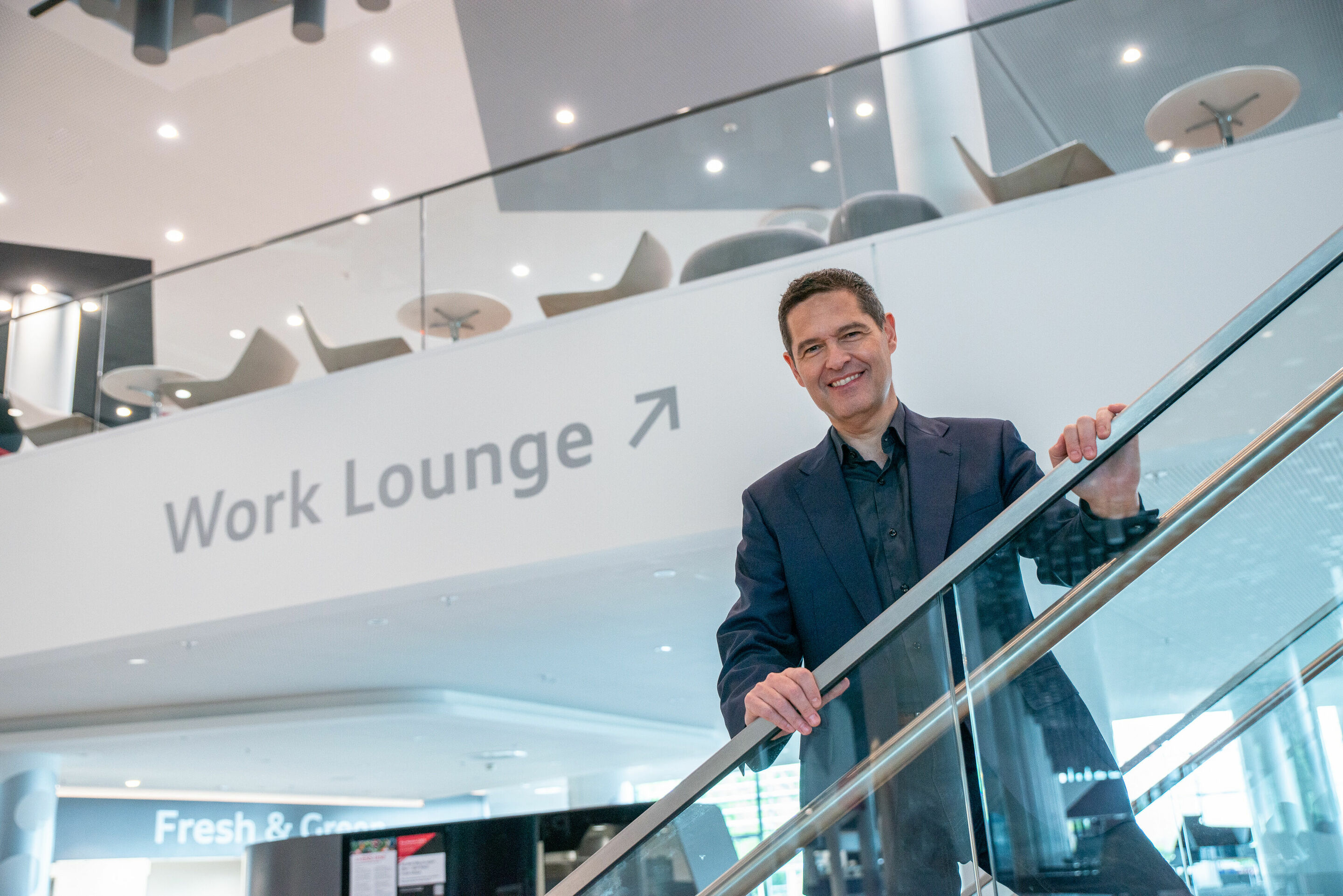 Audi Board of Management change: Xavier Ros to succeed Board Member for Human Resources Sabine Maassen
Audi Board of Management change: Xavier Ros to succeed Board Member for Human Resources Sabine Maassen
Xavier Ros, Board Member for Human Resources and Organization at SEAT, is transferring to the Board of Management of AUDI AG on 20th May 2022 Xavier Ros is a Group manager with international experience returning to Audi Sabine Maassen, Board Member for Human Resources and Organization at AUDI AG since 2020, is leaving the company for personal reasons and by mutual agreement
At today’s meeting of the Supervisory Board of AUDI AG, Xavier Ros was appointed Board Member for Human Resources and Organization at AUDI AG. He will succeed Sabine Maassen on 20th May 2022. Having attained a degree in mechanical engineering, Ros started his professional career at Audi in 1994 before switching to SEAT in 1999 and later to Volkswagen. Since September 2015, he’s been in charge of SEAT’s Human Resources division in Martorell. With this transfer to the Audi Board of Management, the company’s executive level is becoming even more international by bringing a native of Spain on board.
The Chairman of the Supervisory Board of AUDI AG, Dr.Herbert Diess, on the Board of Management change: “In the biggest transformation in the company’s history, Group synergies are more important than ever. I’m delighted to welcome Xavier Ros to Audi. With his experience in the Group, he’s well acquainted with technical development and production at Audi, and he’ll provide an international perspective with regard to our personnel transformation. I wish him all the best. I’d like to thank Sabine Maassen on behalf of the Supervisory Board for her valuable work over the last two years, and especially for her outstanding Covid-related crisis management during this period. Despite these circumstances, she significantly advanced the transformation at Audi.” Peter Mosch, Chairman of the General Works Council and Vice Chairman of the Supervisory Board of AUDI AG: “The simultaneous digital, ecological and electric transformation requires exemplary commitment from the Audi employees.
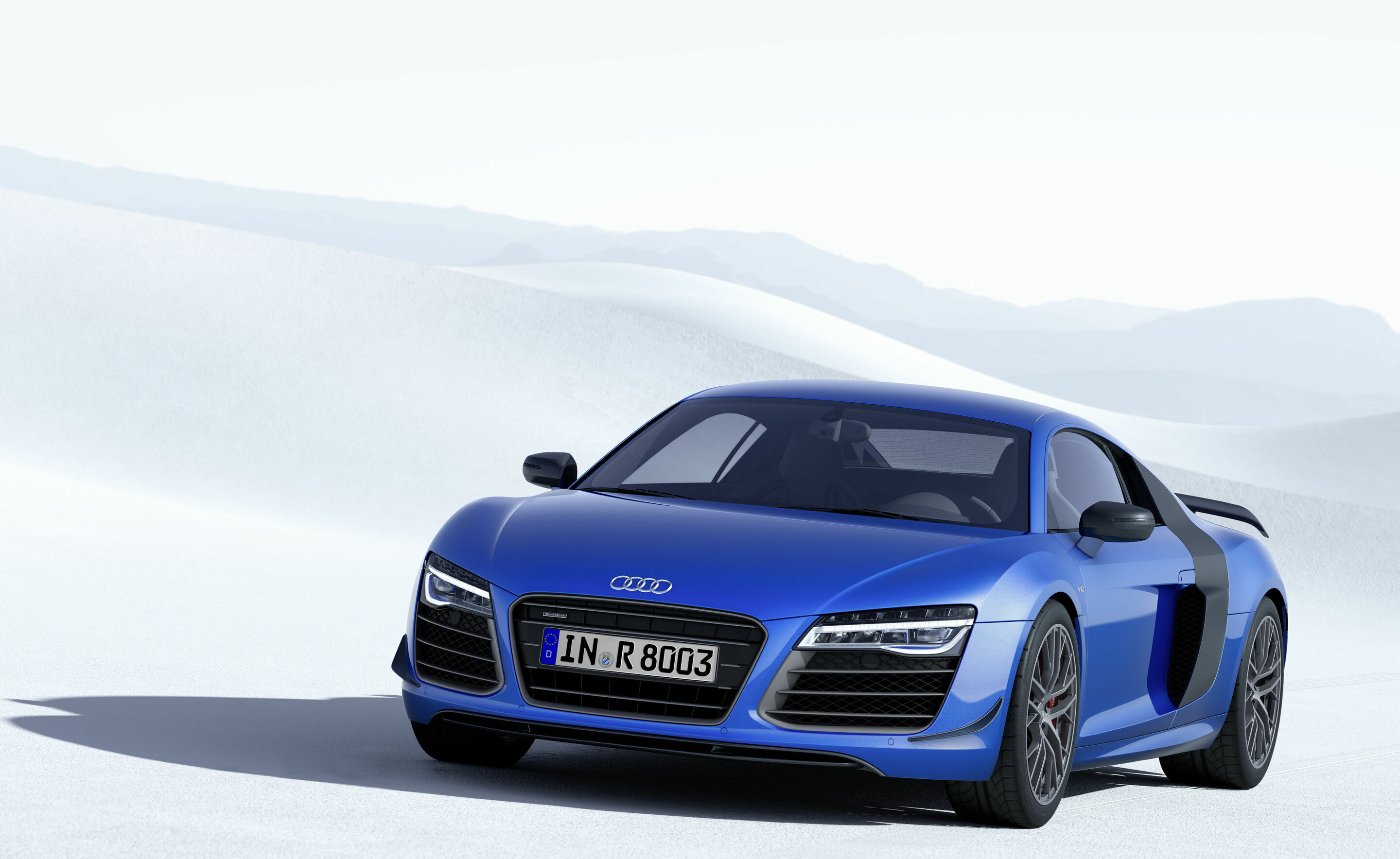 The Audi R8 LMX – world's first production car with laser high beams
The Audi R8 LMX – world's first production car with laser high beams
Engine developing 419 kW (570 hp), from 0 to 100 km/h in 3.4 seconds Laser high beam increases range and safety Limited-edition supercar can now be ordered
419 kW (570 hp), from 0 to 100 km/h (62.1 mph) in 3.4 seconds: The Audi R8 LMX (12.9 liters of fuel per 100 kilometers [18.2 US mpg]; 299 grams CO2 per kilometer [481.2 g/mile]) offers breathtaking performance and groundbreaking technology. The limited-edition car is the first production car in the world to come equipped with laser high beams. The R8 LMX can now be ordered and will debut on the streets this summer.
Audi is the leader in developing automotive lighting technology. In 2008, the Audi R8 became the first production car in the world to boast all‑LED headlights; this was followed in 2012 by dynamic turn signals. Audi launched a new chapter in automotive lighting with the Matrix LED headlights, which debuted in the updated A8 in 2013. Now the brand with the four rings is igniting the next stage in the R8 LMX: the laser spot for the high beams. It increases the range substantially, which is ideal for a supercar like the R8 LMX. The Audi engineers work very closely with their racing colleagues on the development of lighting technologies. The combination of LED and laser high beams, for example, will be used for the first time on the new Audi R18 e-tron quattro at the 24 Hours of Le Mans on June 14 and 15. The premium brand is thus continuing its tradition of using racing to test new technologies destined for production. “Audi has long dominated the most important 24-hour race. In addition to the outstanding TDI drive technology, a maximum light yield gives our pilots a major advantage, and with night racing in particular is a key factor to our success,” says Prof. Dr. Ulrich Hackenberg. “The transfer of the laser headlight to the Audi R8 LMX underscores our leading position in lighting technology.
 Exclusively on Audi MediaTV:
World premiere of the new A8
Exclusively on Audi MediaTV:
World premiere of the new A8
Audi is once again introducing a new automobile on the Internet: The online world premiere of the new Audi A8 will be broadcast exclusively on Audi Media TV (www.audimedia.tv) on
Wednesday, August 21, 2013,
at 9.00 a.m. CEST.
Parallel to this, Audi Communications will provide comprehensive background information on Audi MediaServices.
One highlight of the new Audi A8, which will be presented at the International Motor Show (IAA) in Frankfurt in roughly three weeks, are the new Audi Matrix LED headlights. With this innovative technology, Audi is opening a new chapter in automotive lighting. Audi MediaTV will broadcast the world premiere of the new Audi A8 in English (www.audimedia.tv) and is offering the option of incorporating the live stream into other websites. Further information, photos and film material are also available from Audi MediaServices at www.audi-mediaservices.com First impressions of the world premiere can now be viewed on YouTube: · Teaser 1 · Teaser 2 · Teaser 3
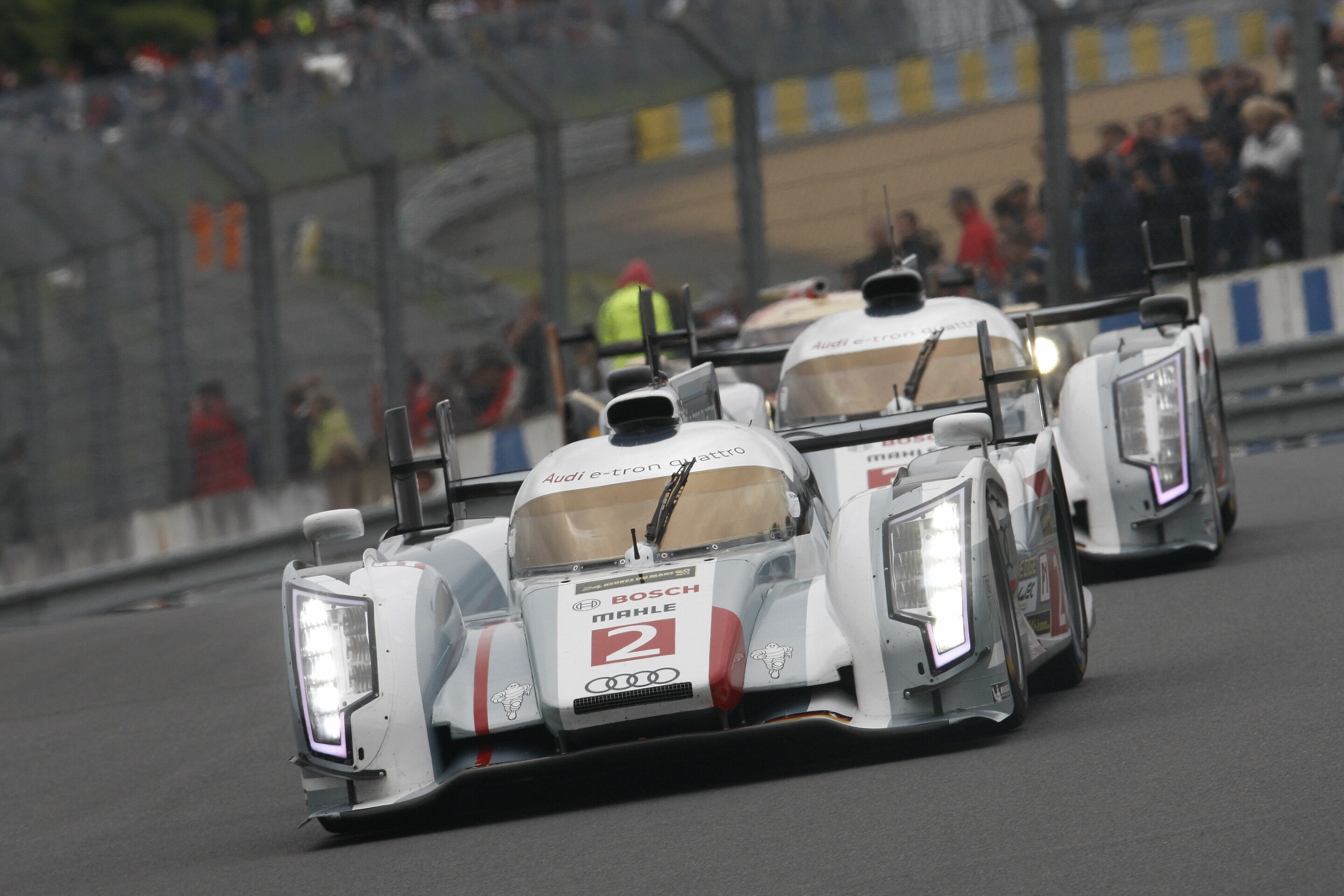 Flashback: Le Mans 2013 and the Audi win under unequal prerequisites
Flashback: Le Mans 2013 and the Audi win under unequal prerequisites
Audi’s Le Mans wins in the rearview mirror: victory no. 12
In two weeks from now, the Audi R18 e-tron quattro will be challenged to claim its fourth consecutive victory in the Le Mans 24 Hours, with Audi competing against three manufacturers. At the same time, this will be a battle of the concepts: diesel vs. gasoline engines, kinetic vs. thermal energy recuperation and electromechanical vs. electrostatic vs. electrochemical storage. This brings back memories of the race two years ago.
In June 2013, a battle between the hybrid concepts dominated the race from lights to flag for the first time. Events before the race already gave a taste of how tough the confrontation would be. The officials repeatedly changed the regulations – to Audi’s disadvantage. The changes made to engine power, fuel tank capacity and duration of the pit stops consistently produced new advantages for challenger Toyota. “These decisions by the endurance racing commission came as a surprise to us,” says Chris Reinke, Head of LMP at Audi Sport. “The restrictions imposed on Audi’s TDI power-plant were tough. Factually, they led to the reversal of an experience everyday drivers are familiar with, as the range of our TDI race cars was suddenly lower than those of our opponents using gasoline engines.“ As a result, the spectators saw that Audi generally had to pit for refueling two laps earlier. Loïc Duval, Allan McNish and Tom Kristensen in their victorious Audi headed for the pits 34 times across the entire racing distance. Pursuer Toyota required only 30 refueling stops. * Audi A8: Combined fuel consumption: 8.9-5.7 l/100 km, Combined CO2 emissions: 206-146 g/km
Rain made for additional uncertainty, just like the total of eleven caution periods following incidents.